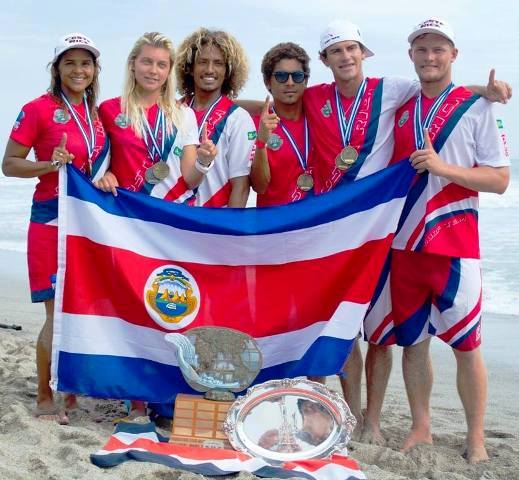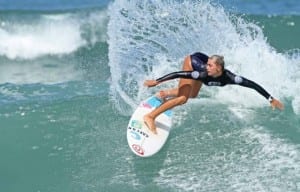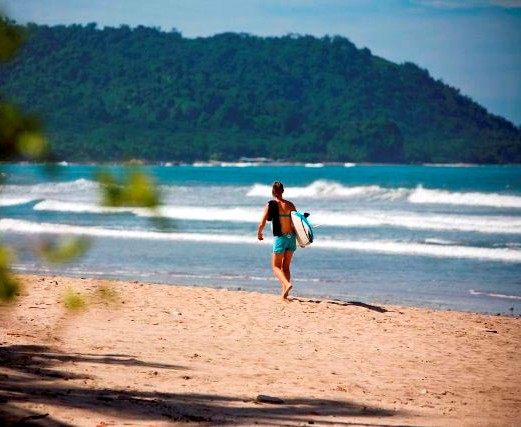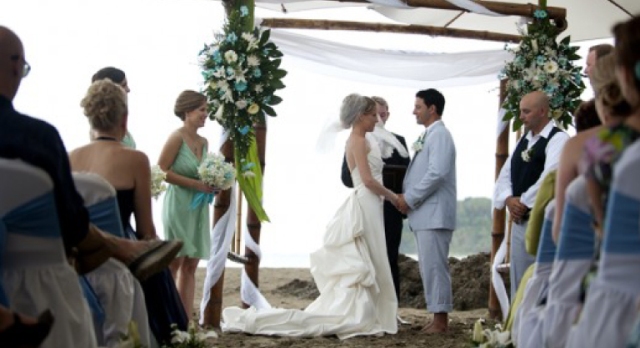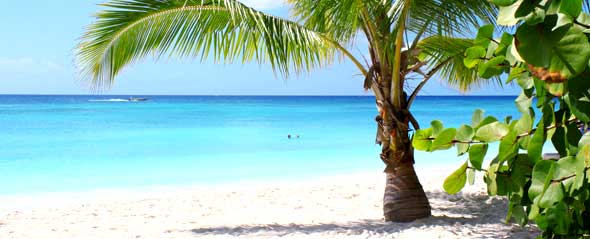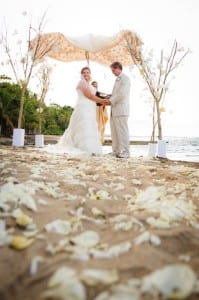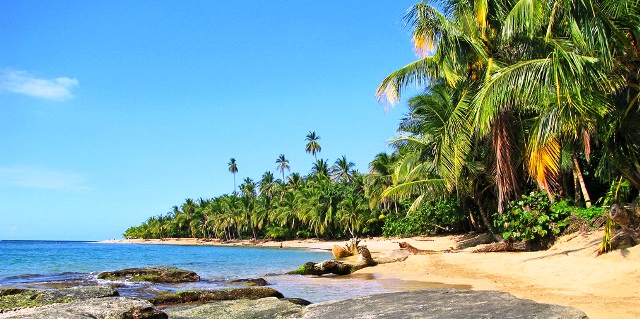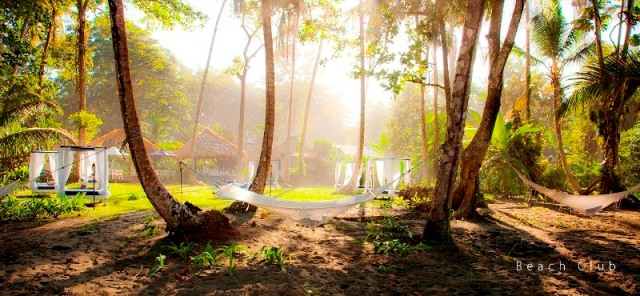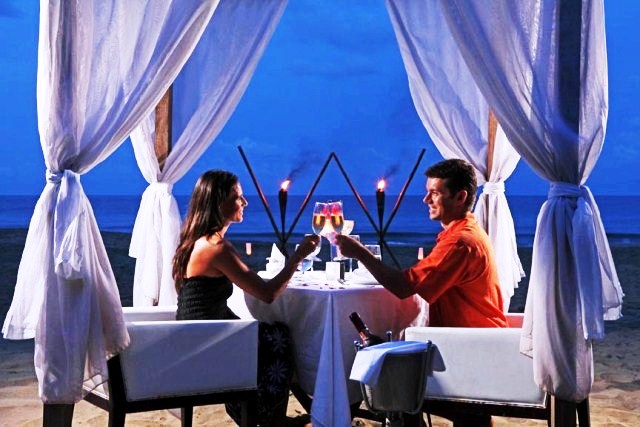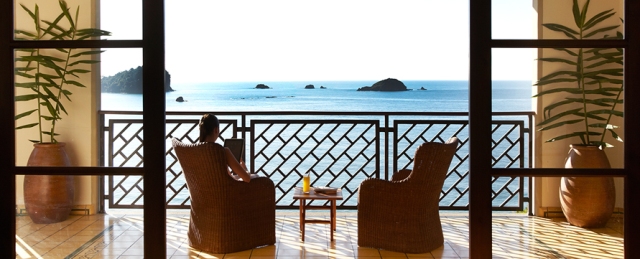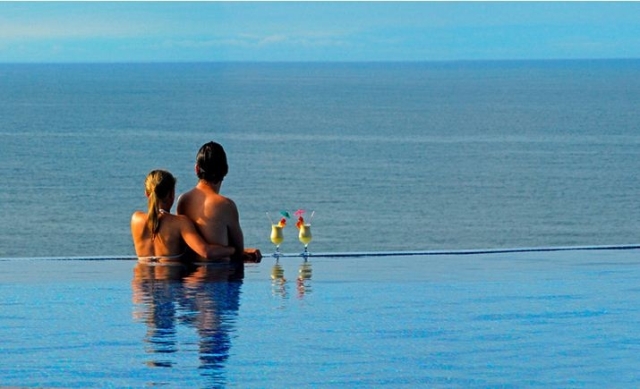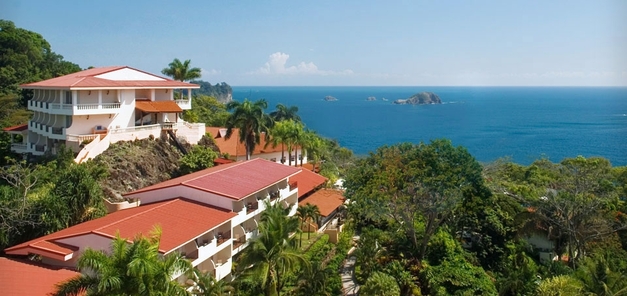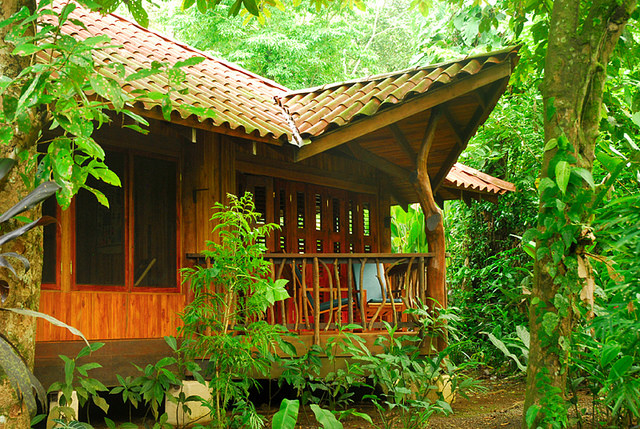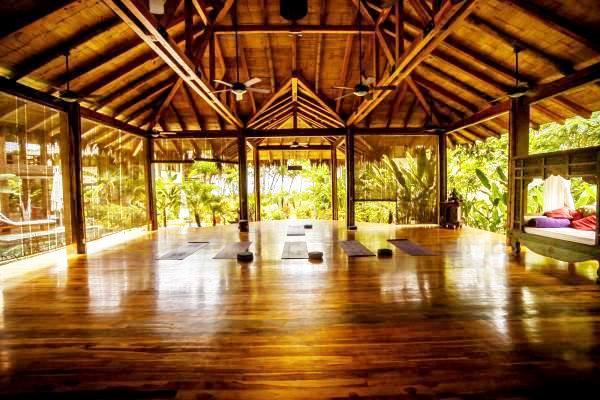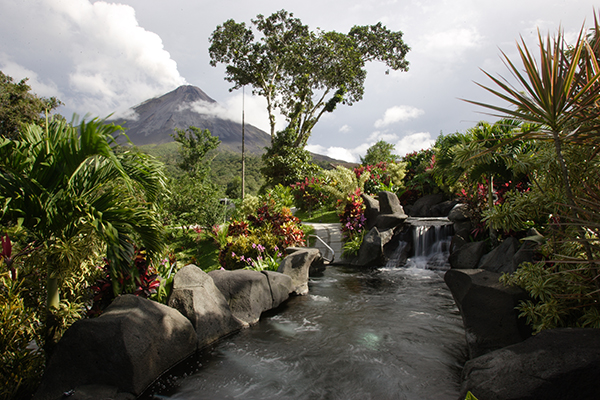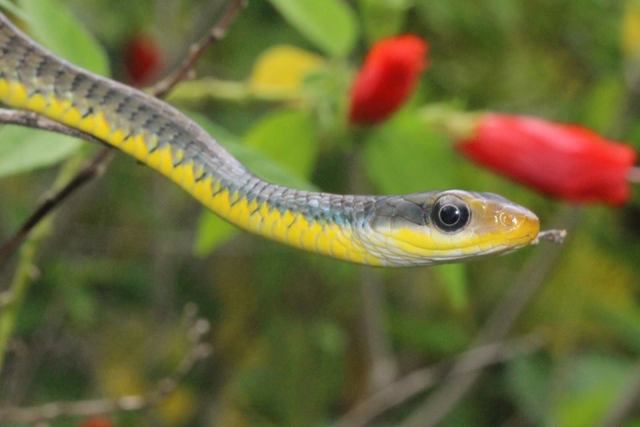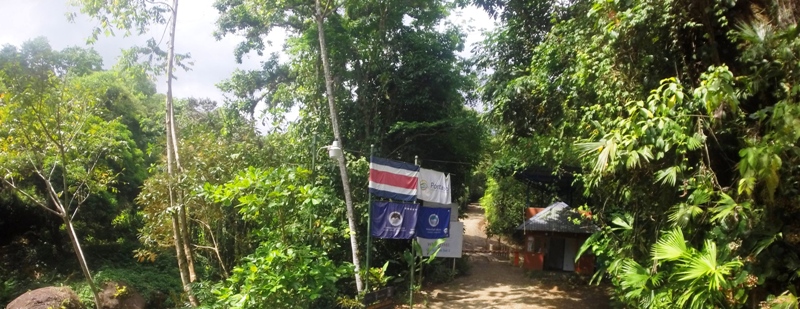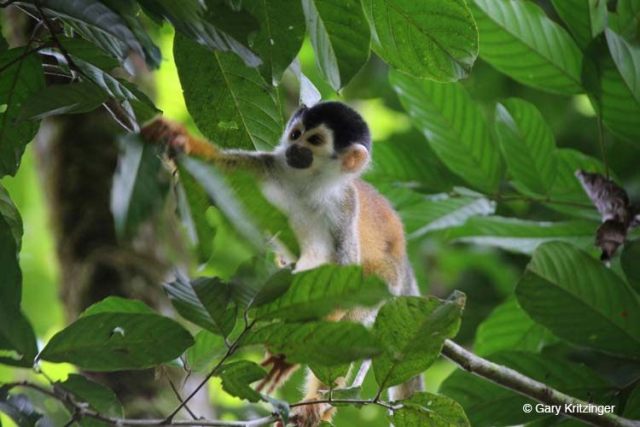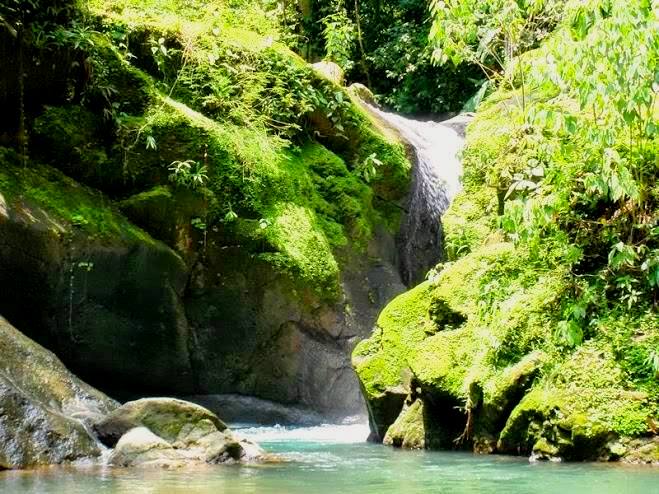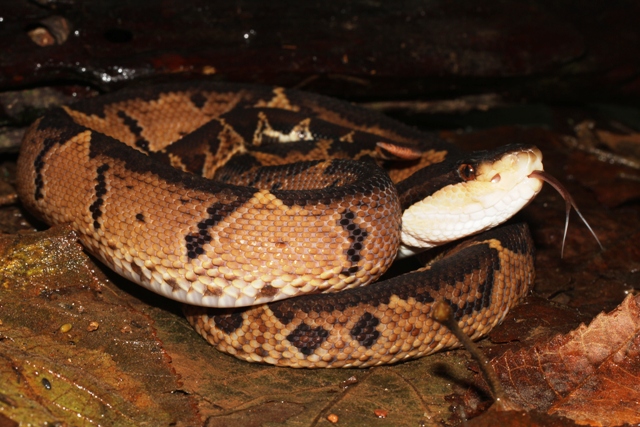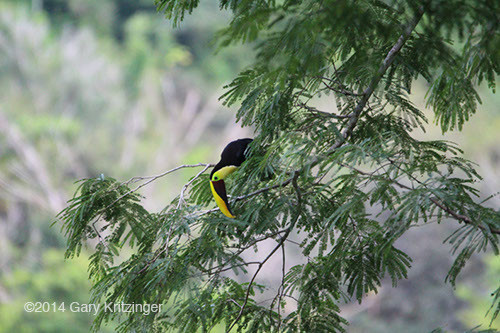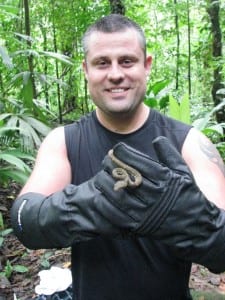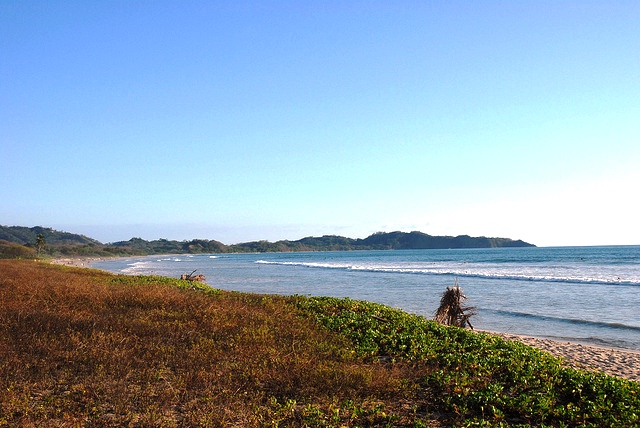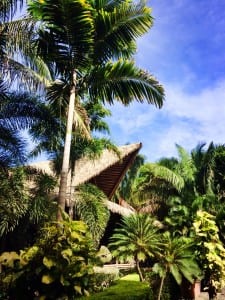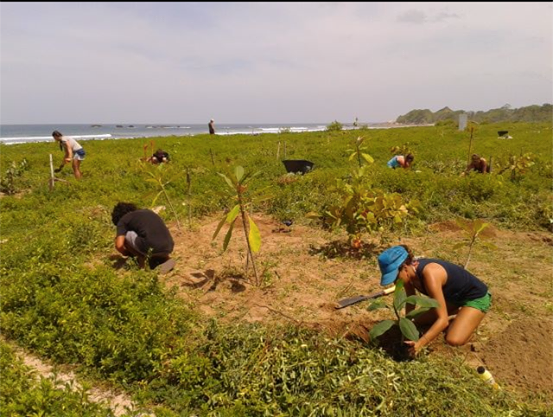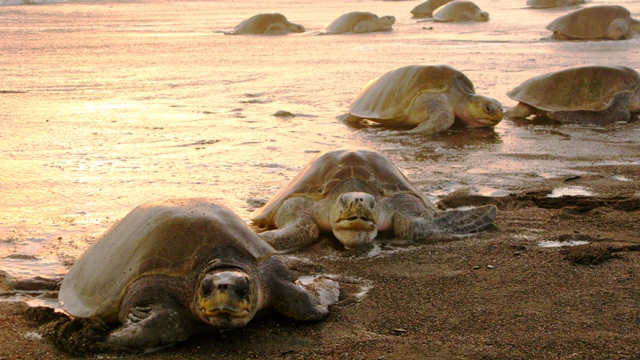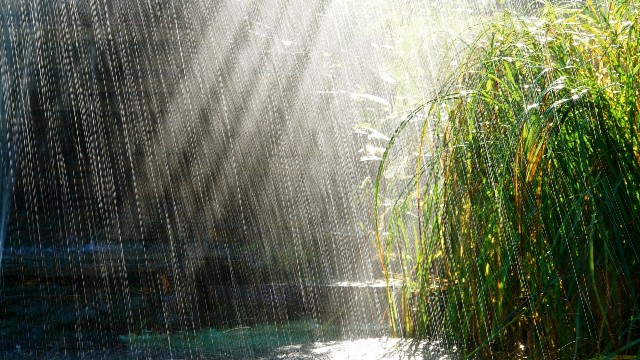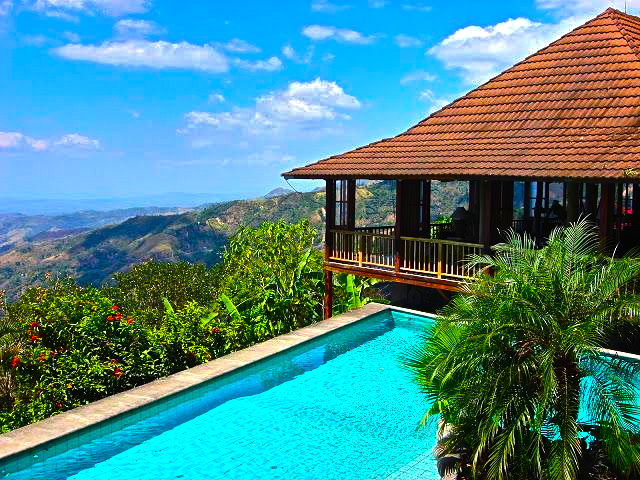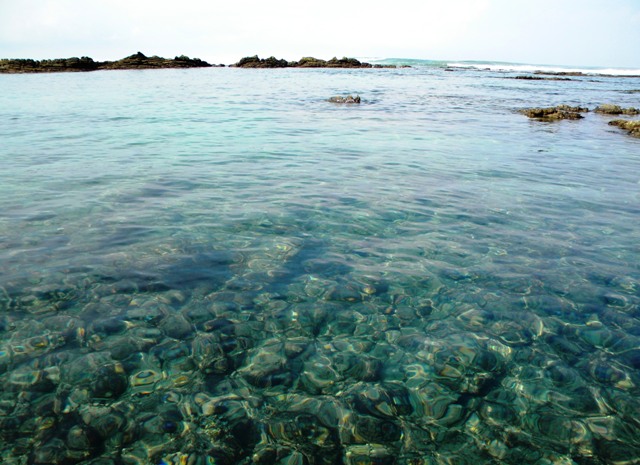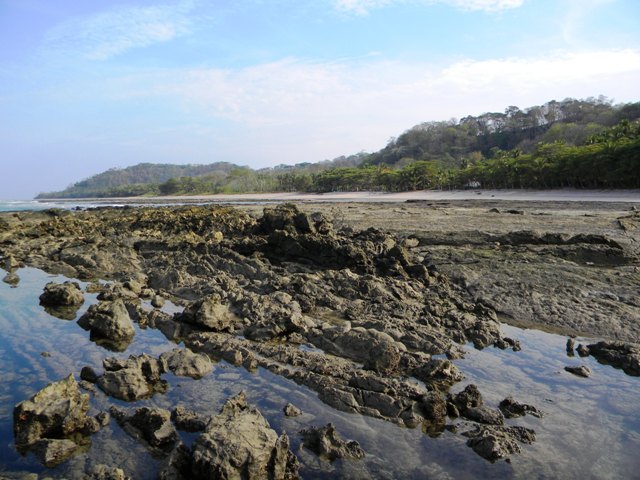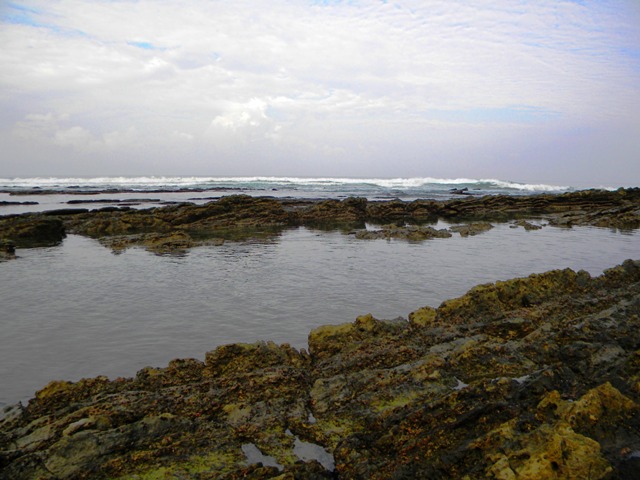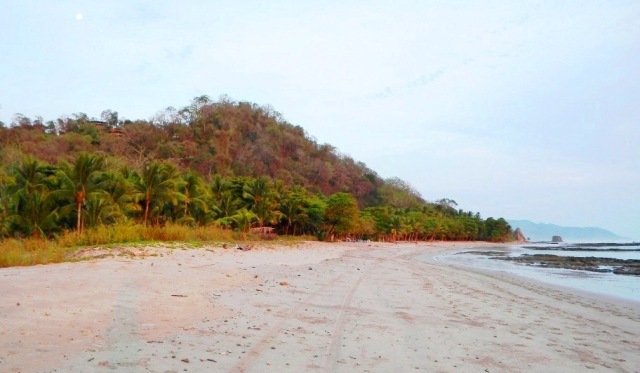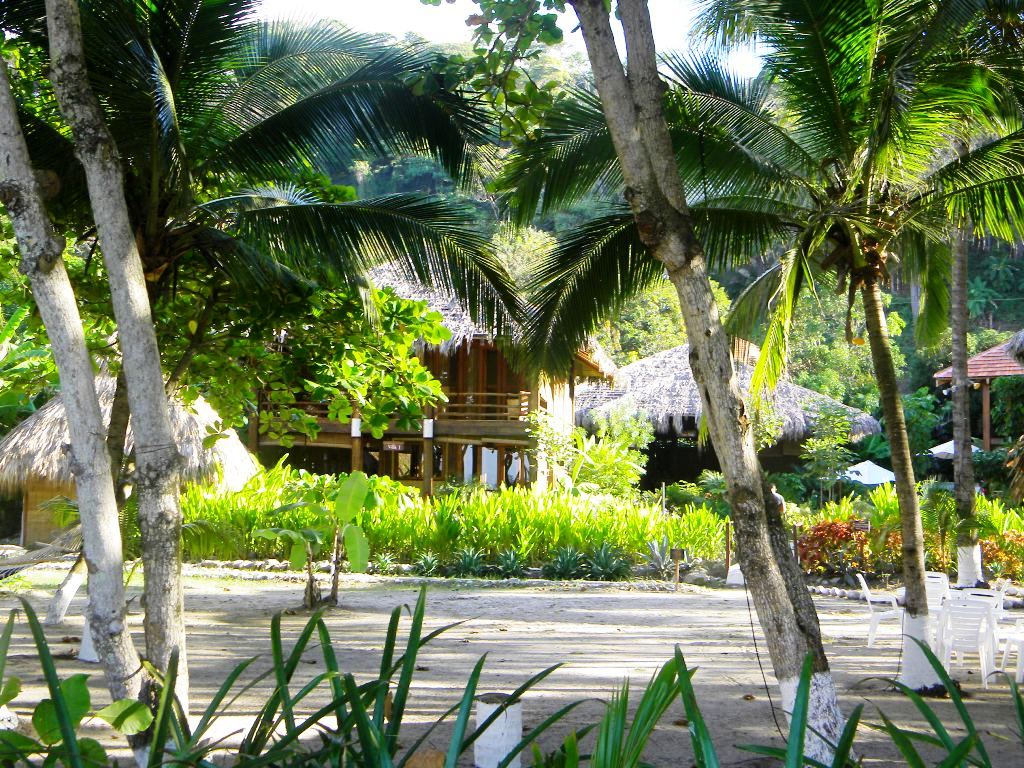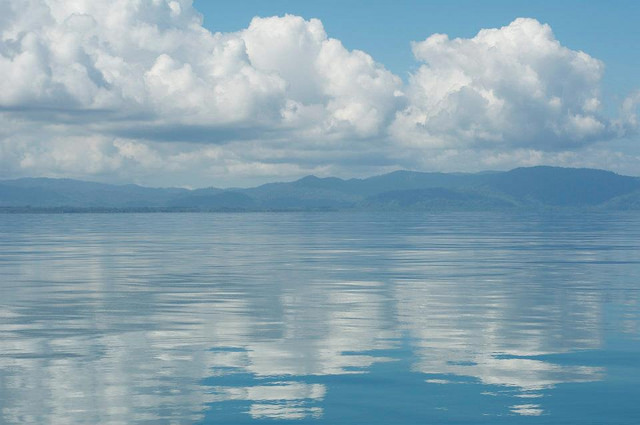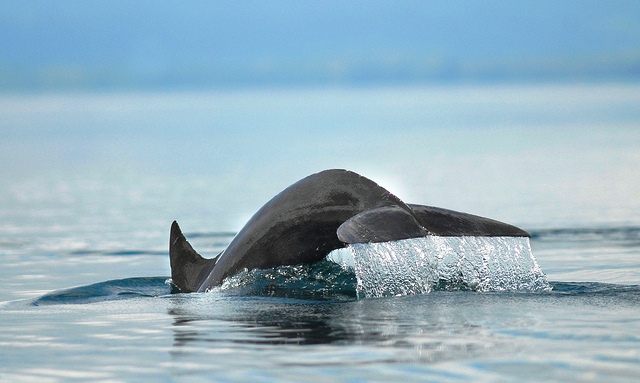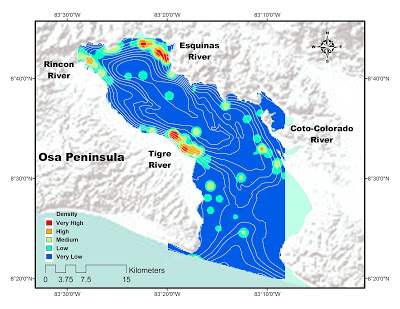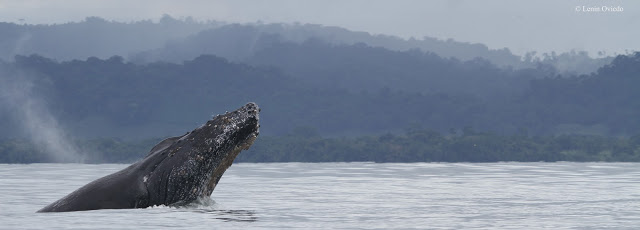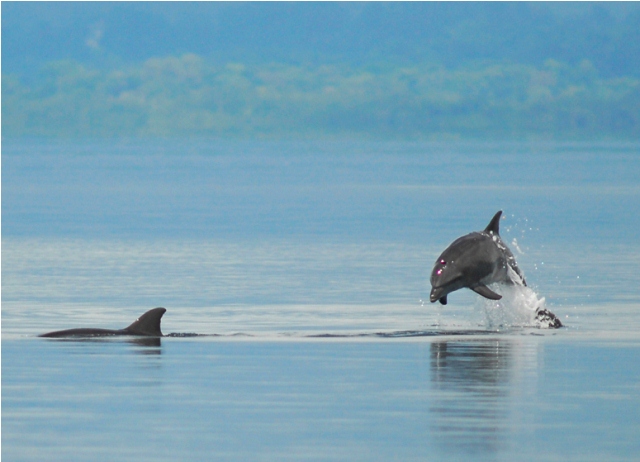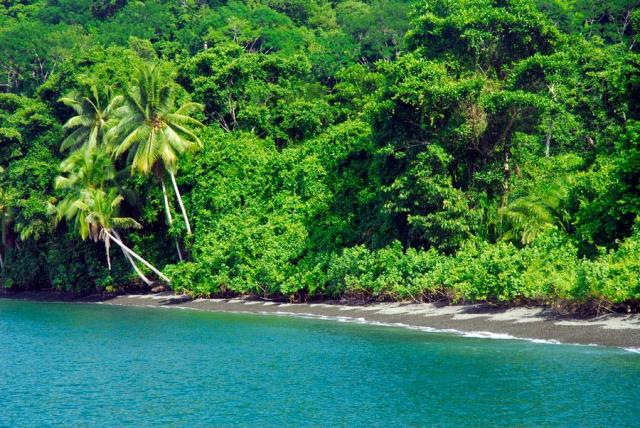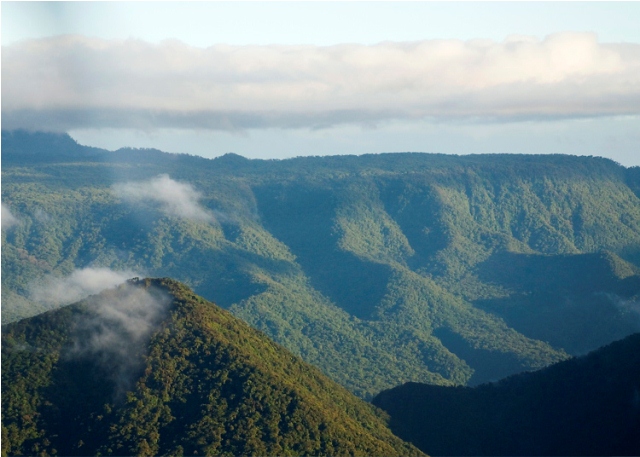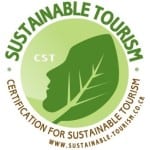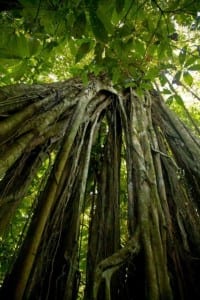 Costa Rica is a small country with a big success story in reforestation.
Costa Rica is a small country with a big success story in reforestation.
The Central American nation was nearly devastated by deforestation by the early 1980s. Now more than 30 years later, over 52 percent of Costa Rica’s land is covered with forest between national parks, private reserves and wildlife refuges.
Costa Rica’s progressive reforestation and environmental protection earned the country the accolade of being named the third best Green Country in the World in the 2014 Global Green Economy Index™ (GGEI).
In southern Costa Rica on the Golfo Dulce (“Sweet Gulf”), eco-friendly Playa Nicuesa Rainforest Lodge is doing its part to help reforest Costa Rica. The Costa Rica eco-lodge protects 95% of their 165-acre rainforest property in an undeveloped and natural state. They began a reforestation program in 2010 to slowly remove the cacao trees – from the former cacao plantation where the lodge is built – that were infected by the fungus Moniliophthora roreri, or “frosty pod rot”. Instead, they are planting trees native to Costa Rica and the local area.
Planting native trees helps re-establish the biological corridor for animals between the Piedras
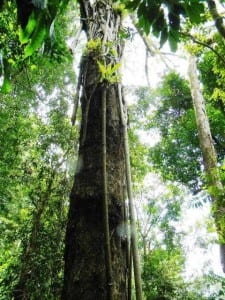 Blancas National Park and the Golfito Wildlife Refuge that border either side of Playa Nicuesa Rainforest Lodge.
Blancas National Park and the Golfito Wildlife Refuge that border either side of Playa Nicuesa Rainforest Lodge.Nicuesa Lodge guests can take part in the reforestation program by planting a tree when visiting. Guests who plant a tree during their stay at the lodge receive a thank you certificate that includes a photo of the person planting the tree, their name, and the description of the tree planted with the scientific and common names.
So far, approximately 150 trees have been planted by hotel guests and staff: species like Cortez Amarillo (Tabebuia ochracea, Gold Trumpet tree), Roble de Sabana (Tabebuia rosea, Pink Trumpet tree), Cenizaro (Samanea saman, Rain Tree), Espavel (Anacardium excelsum, Wild Cashew tree), and Gallinazo (Schizolobium parahyba, Brazilian Fire tree), among others. Trees are obtained by donations and seeds harvested naturally from the forest.
“Last year, we accepted a donation of 50 Cenizaro starter trees from the Costa Rica Tourism Board (ICT). We also collect seeds from the forest on our property, germinate them and grow seedlings, which we then plant in an area we set aside for reforestation,” explained Natalia Solis, Sustainability Coordinator at Playa Nicuesa Rainforest Lodge. “This project invites and involves our guests to be part of a change that helps our environment and also helps offset the carbon emissions generated during their journey and visit to the lodge.”
Besides planting trees when you stay at Playa Nicuesa Rainforest Lodge, you can reduce the ecological impact on the planet generated by your trip by purchasing carbon credits that will be used to reforest land elsewhere in Costa Rica. The program supported by Nicuesa Lodge is with the Costa Rica National Forest Financing Fund (FONAFIFO).
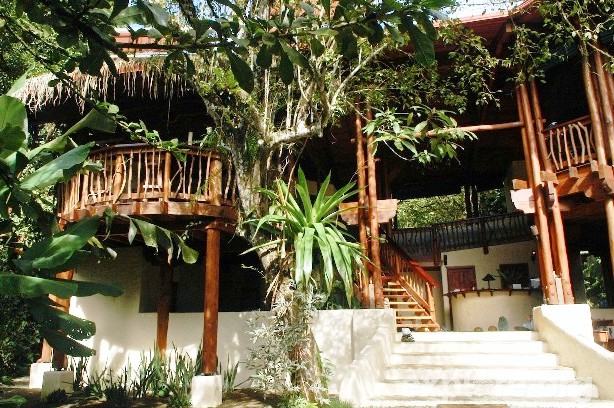
Stay at a real Costa Rica Eco Lodge
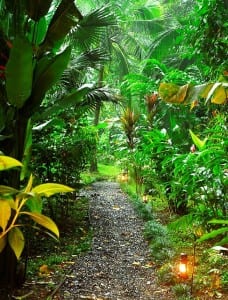
Playa Nicuesa Rainforest Lodge opened in April 2003 as one of the first true eco-lodges in Costa Rica. Operating now 12 years, Playa Nicuesa Rainforest Lodge holds the highest rating in the Certification for Sustainable Tourism Program (CST) by the Costa Rica Tourism Board (ICT). Playa Nicuesa recently received the important Ecological Blue Flag Award for the fifth time for having one of Costa Rica’s cleanest beaches. Additionally, Nicuesa Lodge is working to be certified a Carbon Neutral Business, and the lodge supports the Osa Campaign and the Nature Conservancy that protects the Golfo Dulce and Osa Peninsula region.
Contact Playa Nicuesa Rainforest Lodge to visit the unique nature and adventure travel destination.
Article by Shannon Farley
